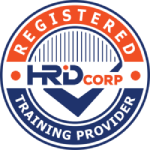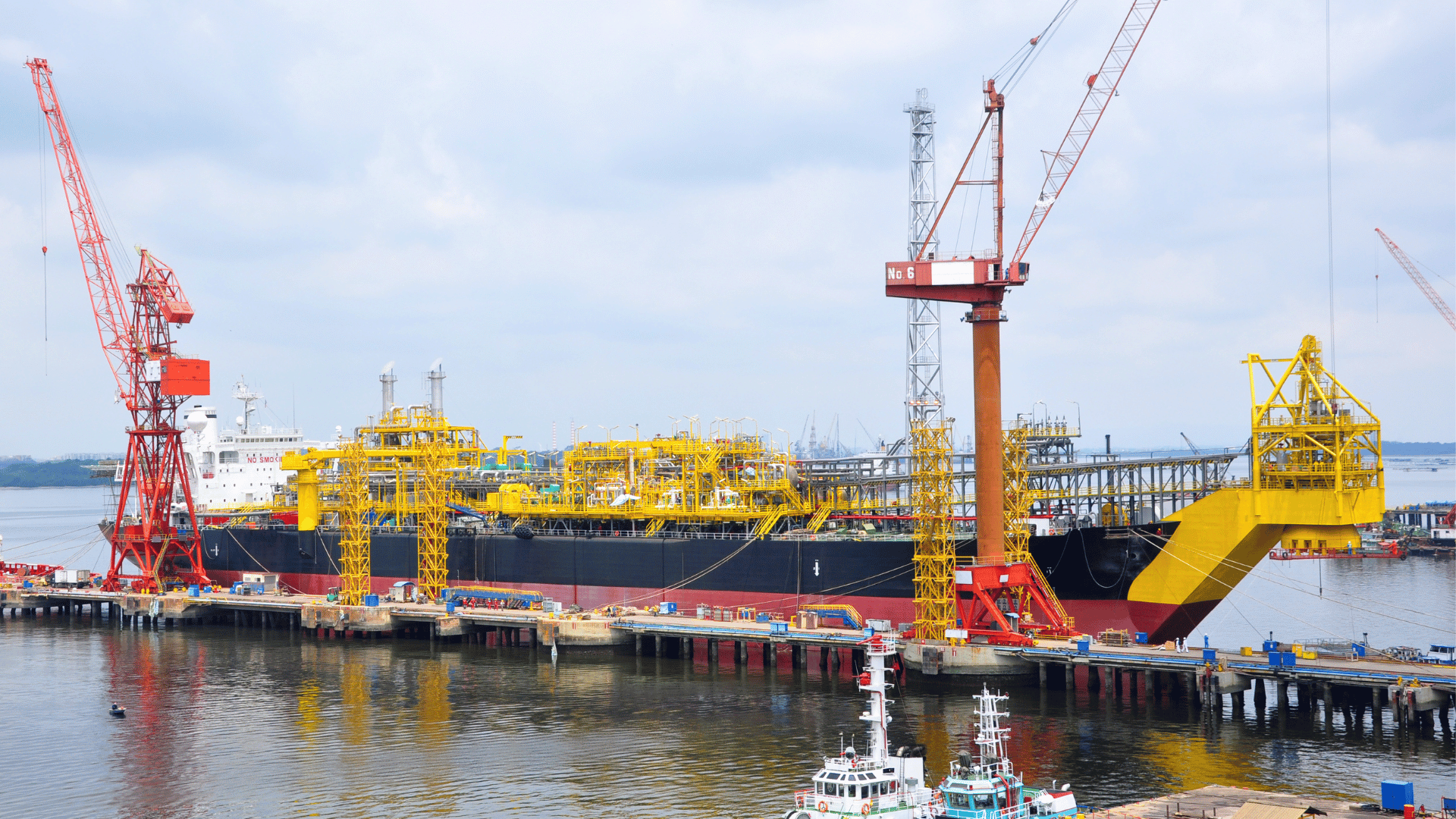About this Virtual Instructor Led Training (VILT)
Various subsurface project risks can be reduced significantly with a proper understanding of the geomechanical response of the subsurface along well trajectories and at field scale. Non-productive drilling time caused by stuck-pipe incidents is regularly attributed to bore hole instability, sand failure and sand production which may cause the erosion of equipment and filling-up of separation facilities. Meanwhile, unintended and uncontrolled fracturing may create permeable pathways and loss of containment of reservoir fluids. Field-scale geomechanical assessments provide important input to safe operating envelopes for the reservoir pressure as well as the production and injection wells. Reservoir compaction (and pore collapse) may cause a reduction of reservoir permeability, mechanical well failure and unacceptable (seabed) subsidence. Fault reactivation may create permeable pathways and loss of containments – e.g. in waterflood operations and Carbon Capture Storage (CCS) projects – and even induced seismicity. A proper geomechanical understanding of the subsurface response to our operations at well scale and on field scale is essential in managing the volatile pressure and temperature of fluids (gases) in wells and reservoirs.
This 5 half-day Virtual Instructor Led Training (VILT) course will cover data acquisition and interpretation, geomechanical modelling and interpretation, and integrated risk assessment in conjunction with other subsurface disciplines to reduce project risks. Data acquisition includes field data such as Extended Leak-Off Test ((X)LOT), InSAR, and petrophysical log data to estimate in-situ stress and formation properties using correlation functions. Also, attention is paid to rock mechanical experiments and interpretation. Geomechanical modelling is applied at material point level (poro-elasticity theory, shear & tensile failure), at wellbore scale (stress around the bore hole) and at field-scale (compaction & subsidence, fault reactivation & induced seismicity, containment). Workflows for geomechanical risks assessment are discussed using (simple) analytical approaches (e.g. Geertsma) and applying Finite-element techniques which highlight their advantages and limitations.
In addition, the data, methods and fundamental background for managing geomechanical projects risks are addressed with a focus on wellbore stability, compaction & subsidence and fault reactivation. Participants will be provided with a general approach on how to identify geomechanical project risks as well as the re-occurring elements of any geomechanical assessment. Various case studies and examples will be discussed to demonstrate concepts, theory and application.
Participants are required to bring their own scientific calculators for this VILT course.
By attending this VILT, participants will be able to:
- Identify potential project risks that may need a geomechanical evaluation, and develop a work plan to assess them
- Understand (the uncertainties associated with) the pressure-depth plot
- Construct and interpret a Mohr-circle for shear and tensile failure
- Describe log-based correlation function to estimate mechanical properties
- Identify potential lab experiments to measure required formation properties
- Calculate the mud weight that leads to shear and tensile failure (fracturing conditions)
- Understand the impact of well orientation on the recommended mud weight / bore hole instability
- Describe the workflow and data to develop a field-wide fit-for-purpose geomechanical model
- Estimate reservoir compaction and (seabed) subsidence using simplified analytical approaches
- Describe the failure mechanisms and leakage pathways that could cause loss of containment
- Explain the difference between fault reactivation and induced seismicity
- Recognise when a Mohr-circle analysis and 3D finite-element models are inappropriate to assess fault reactivation
This VILT course provides a starting point for anyone who needs to understand what geomechanical risks are relevant for Oil & Gas development and CCS projects, and how to assess them. Therefore, this VILT course is aimed at staff involved in field development projects and who are responsible for managing, integrating or using the results of geomechanical risks assessments. This could be well engineers, production staff, geologists, geophysicists, reservoir engineers and petro-physicists. This VILT course is also suitable for junior geomechanical specialists who would like to develop their competencies integrating field and experimental data with model-based risks assessments on both well and field scale. Finally, subsurface team leads, or staff/managers who oversee externally conducted geomechanical studies will find this VILT course beneficial in understanding, challenging and assuring the geomechanical evaluation results relevant to their development projects.
Academic thinking level and practical MS Excel skills are desired for optimal learning benefits.
This VILT will be delivered online in 5 half-day sessions comprising 4 hours per day, with 2 breaks of 10 minutes per day. The VILT course is presented in an interactive workshop format. It will provide a number of quizzes which are made for individuals, and a number of exercises that are intended for small groups or individuals as appropriate. The exercises will involve some calculations and/or simple MS Excel spreadsheets will be used. The VILT course will also provide a venue for discussion, raising questions and sharing of experience. Participants are encouraged to bring their own work issues and challenges and seek advice from the expert course leader and other participants. They are also required to bring their own scientific calculators.
Course Duration: 5 half-day sessions, 4 hours per session (20 hours in total).
Your expert course leader has over 30 years of experience in the Oil & Gas industry, covering all geomechanical issues in the petroleum industry for Shell. Some of his projects included doing research and providing operational advice in wellbore stability, sand failure prediction, and oil-shale retortion among others. He guided multi-disciplinary teams in compaction & subsidence, top-seal integrity, fault reactivation, induced-seismicity and containment. He was also involved in projects related to Carbon Capture Storage (CCS).
He is the founding father of various innovations and assessment tools, and developed new insights into the root causes seismicity induced by Oil & Gas production. Furthermore, he was the regional coordinator for technology deployment in Africa, and Smart Fields (DOFF, iField) design advisor for Shell globally. He was responsible for the Geomechanical competence framework, and associated virtual and classroom training programme in Shell for the last 10 years. He served as one of the Subject Matter Expert (SME) on geomechanics, provided Technical Assurance to many risk assessments, and is a co-author of Shell’s global minimun standard on top-seal integry and containment. He has a MSc and PhD in Civil Engineering and computational mechanics from Delft University of Technology, The Netherlands.
Unlock the potential of your workforce with customized in-house training programs designed specifically for the energy sector. Our tailored, in-house courses not only enhance employee skills and engagement but also offer significant cost savings by eliminating travel expenses. Invest in your team’s success and achieve specific outcomes aligned with your organization’s goals through our expert training solutions. Request for further information regarding our on-site or in-house training opportunities.
In our ongoing commitment to sustainability and environmental responsibility, we will no longer providing hard copy training materials. Instead, all training content and resources will be delivered in digital format. Inspired by the oil and energy industry’s best practices, we are leveraging on digital technologies to reduce waste, lower our carbon emissions, ensuring our training content is always up-to-date and accessible. Click here to learn more.
To further optimise your learning experience from our courses, we also offer individualized “One to One” coaching support for 2 hours post training. We can help improve your competence in your chosen area of interest, based on your learning needs and available hours. This is a great opportunity to improve your capability and confidence in a particular area of expertise. It will be delivered over a secure video conference call by one of our senior trainers. They will work with you to create a tailor-made coaching program that will help you achieve your goals faster.
Request for further information about post training coaching support and fees applicable for this.
Learn what past participants have said about EnergyEdge training courses
I am satisfied with the training. During training, the instructors addressed my confusion regarding understanding the geomechanics stresses theory. The calculation and exercises with numbers also helped me to visualize and understand better
Drilling Fluids Engineer, PETRONAS
The content was well prepared. Lots of useful theory and information given. Great explanation given by the trainers




